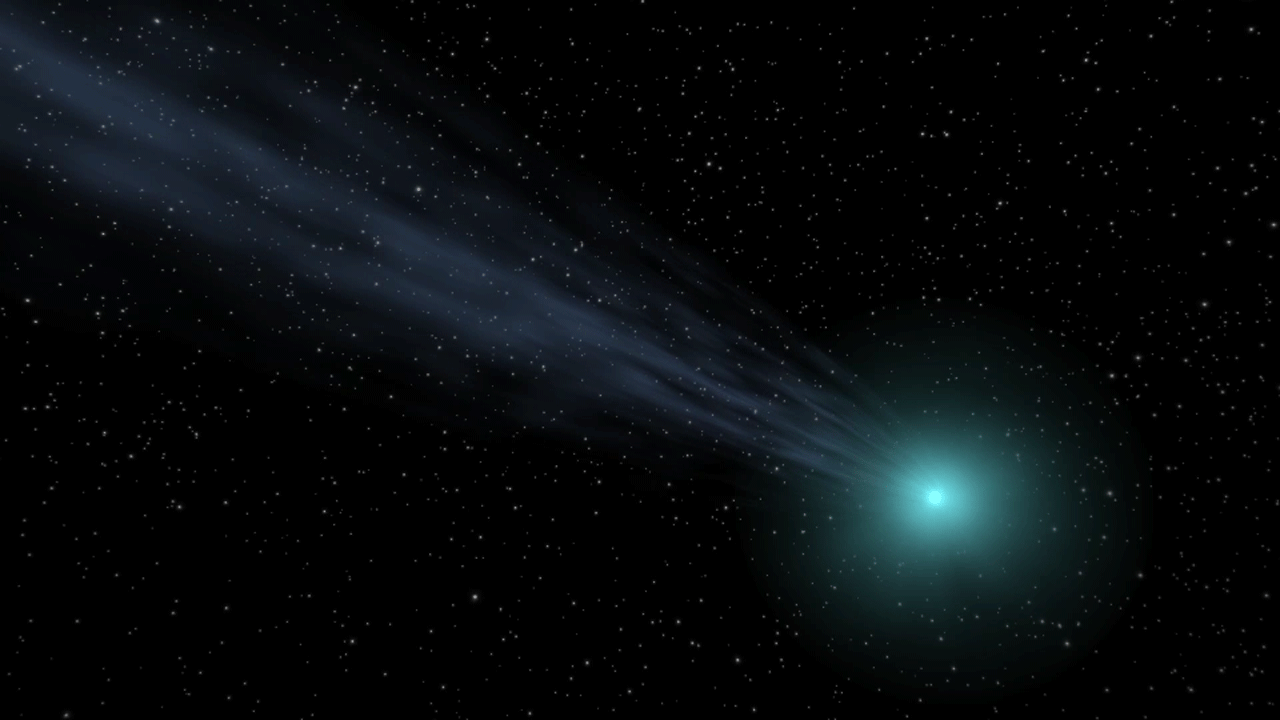Newfound Comet SWAN Makes Closest Approach To Earth

KEY POINTS
- Comet SWAN was first observed by an astronomy enthusiast in March this year
- It made its closest approach to Earth on May 12
- Those in the Southern Hemisphere will get the best views of the comet
Just a few months after it was first observed, comet SWAN has made its closest approach to Earth. Those in the Southern Hemisphere may have the best views of the comet.
It was in March of this year when astronomy enthusiast Michael Mattiazzo discovered comet C/2020 F8 (SWAN) using images from NASA and the European Space Agency's SOHO Spacecraft. By April, comet SWAN had become visible to the naked eye, and by Tuesday, it has made its closest approach to Earth.
Perigee: only 85 million kilometers away from you: are you looking at me, my dear Earthlings? #FollowTheComet!
— Comet SWAN (@c2020f8) May 12, 2020
However, even those who get to see it might not witness the expected brilliant light show.
With those in the Southern Hemisphere getting the best views, especially since it is, so far, bright enough to be seen with the naked eye. At its current brightness magnitude of about 5.4, it can be seen as bright as the faint stars visible to the naked eye.
Watching comet SWAN will be easier for those in the southern regions of the United States than the rest because it will appear low in the sky. It will also be better seen using binoculars or telescopes.
"The comet will never be particularly well placed for most of us in the United States, but observers in southern Florida and Hawaii could get some decent views from east-facing coasts," American Astronomical Society spokesperson, Rick Fienberg, told Newsweek. "For those in the southern parts of the U.S., the comet will peek above the northeastern horizon at dawn in mid to late May."
Hello Earthlings! This is me as seen from the Canary Islands! #FollowTheComet! https://t.co/Pm8furullc
— Comet SWAN (@c2020f8) May 10, 2020
Even though it is in its closest approach to Earth, experts estimate comet SWAN will still brighten in the later part of May, with early forecasts expecting the comet to reach a peak brightness of magnitude +3.5. This would make it about as bright as a star with medium brightness.
Even if it brightens, however, it might still be difficult to see because it will still be low in the sky. If it doesn't, it could maintain its current brightness or even grow dimmer.
Further, that is also around the time when it makes its closest approach to the Sun on May 27. Since comet SWAN is a new comet, meaning it has never interacted with the Sun before, there is no saying how the interaction will go. It is even possible for the object to break apart.
That said, even if it might not produce a historic light show, it could still be a good experience to watch a newly discovered comet pass by the Earth, whether it will look like a faint star or a bright comet with a long tail.
Hello Earthlings! This is me as seen from Australia! #FollowTheComet! https://t.co/X6E4Npjg00
— Comet SWAN (@c2020f8) May 11, 2020
Those who want to try to catch a glimpse of the comet are advised to watch out for it about an hour before the sunrise from now until May 24. Since it would not be immediately visible to the naked eye, it would be best to first use binoculars and search the northeast horizon.
Starting May 25, however, the best chance of catching a glimpse of comet SWAN would be in the evening, about an hour after the sunset. The comet will be positioned about 10 degrees above the north-northwest horizon.
© Copyright IBTimes 2025. All rights reserved.





















